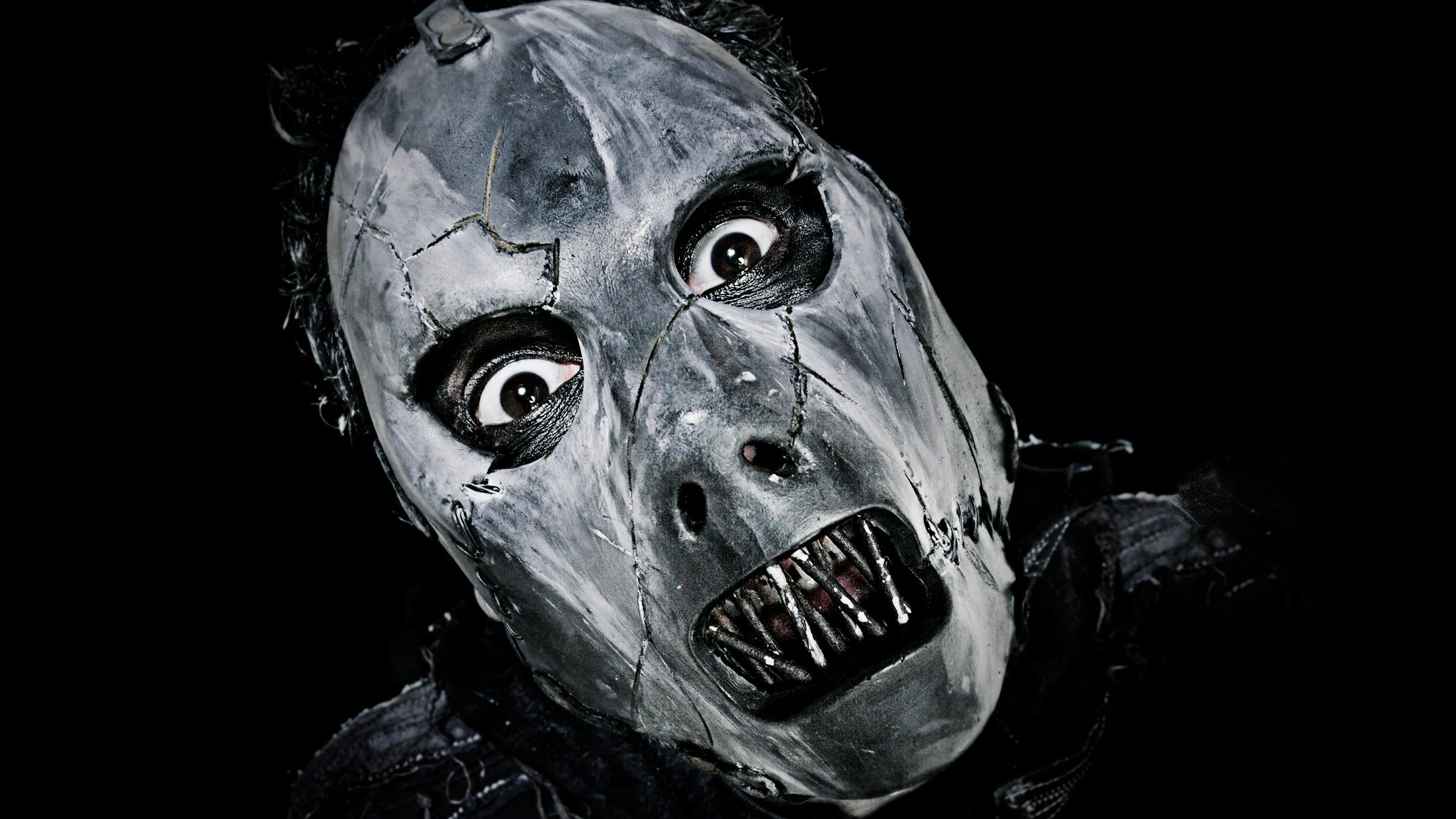By the age of 16, Paul was living in an apartment with his friends Frank and Chris, jamming Danzig songs in the living room under the moniker Sudden Infant Death Syndrome. But the novelty of freedom at such a young age soon wore off and he called his mum, now living in Des Moines, to see if he would able to sleep on her couch and start a new life in Iowa – where, while playing in death metal bands Anal Blast and Body Pit, he would eventually meet the other original members of Slipknot. It would prove to be a life-changing decision, as was his switch from guitar to bass…
“There’s a funny story about how I got playing bass,” he explained in his Behind The Player instructional DVD. “When I moved to Iowa, I didn’t have any friends or know anybody. I went into the local music store and heard some guys talking about needing a bass player for their band, they did covers of Slayer and Metallica songs…
“So, not knowing anybody and wanting to meet people, I told them I could play bass – even though I had never played one in my life. One of my brother’s friends had a weird right-handed bass, which I strung left-handed, and a practice amp. I went down and played with them. I didn’t know any of the bass lines but I knew all the guitar parts, so I faked it. They thought it was cool… that’s how I got playing bass.”
As one of the three founding members of Slipknot, Paul Gray fast became one of their key songwriters – his name more often than not found in the credits for the tracks that weren’t assigned to the group as a whole. The bass player often partnered with Joey Jordison, fleshing out early anthems such as Surfacing and Spit It Out, the former including riffs he’d written back in his Body Pit years.
His knack for finger-twisting, down-tuned riffs including extreme slides and bends is what made their assault all the more bludgeoning, a skill which he’d undoubtedly sharpened as a death metal-obsessed teenager. Early producer Ross Robinson, who worked on the group’s self-titled debut and its Iowa follow-up, went as far as labelling him the band’s secret weapon, blessed with absolute integrity and a talent for coming out with the most unbelievable ideas.
There was, however, a lot more to the man than extreme noise – Paul cited names like Flea and Bootsy Collins alongside more audible influences such as Cliff Burton and Steve Harris, describing the latter as “an idol” for his ability to play all over the bass and leave no fret untouched.
As well as his work in Slipknot, he also filled in on bass for desert rockers Unida – fronted by Kyuss singer John Garcia – and other projects like Drop Dead, Gorgeous and Reggie And The Full Effect. Then, of course, there are the two tracks he performed on as part of the Roadrunner United project, enlisting the crème de la crème from the legendary label’s roster to collaborate for its 25th anniversary.
Tragically – after writing, recording and touring four albums in the greatest metal band of a generation – Paul passed away on May 24, 2010. But his music lives on, much like the band he was fundamental in creating. Today, we celebrate the songs which epitomised his pivotal role within The Nine…
